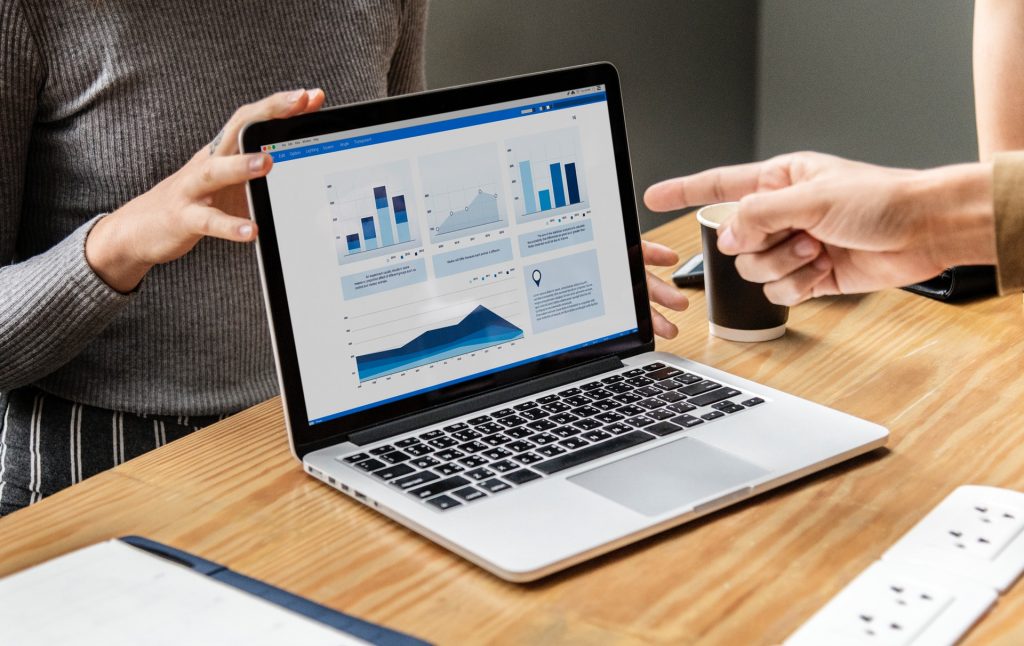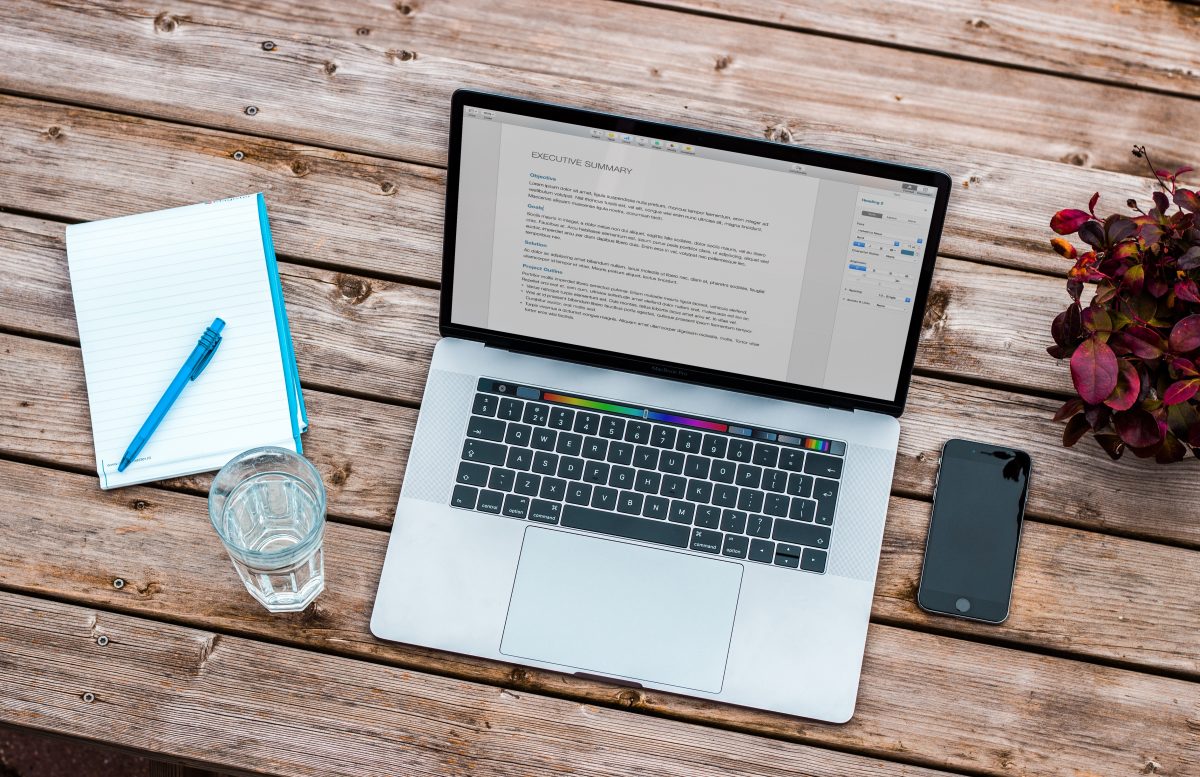
Your Logo Is A Brand Awareness Solution
When you see the logo where a bite has been taken out of the side of an apple, then you understand immediately that the logo belongs to Apple, Inc. A business logo has a subtle effect on its customers. Customers will associate your trademark with a good feeling and a pleasant experience when they see your logo.
One part of starting an LLC is to have your Articles of Organization created. This outlines the basic details about your company such as the company’s name, address, and registered agent.
The right logo for your business is a type of brand awareness solution to take your investment to the next level of success. Your logo represents your business name and helps to set you apart from your competition. Your logo needs to present a strong yet friendly impression.

As you grow your business, your well-planned logo will also give your business prominence allowing more people to know all about your goals. Logos widely represent business loyalty and honesty.
When your business, its products, and/or services welcome customers and the public with quality, your logo will bring customers to you because it will be your logo that they will look for.
Does a logo have any legal standing? No, there are no legal requirements to register your business logo. However, to protect it from being used by someone else, you should register it as a “trademark.” Your specially designed logo should be registered with the U.S. Intellectual Property Office.
Legally, your logo must follow certain rules, that include the following:
- The logo should not contain any offensive material
- The logo must not be misleading
- The logo should not contain or describe what your business represents
- The logo cannot be a commonly-used statement, phrase or a collection of everyday words
Lastly, you must conduct logo research to ensure that your logo likeness is not used by another business in the U.S. or globally.
There are around five things that a good business logo should have:
1. What’s In a Name?
When Apple was first created, its logo featured the apple plus its name on the right side. Now, as a global brand, it no longer needs a name—just its logo. Your early business startup is small, therefore your logo should include your brand name. Your startup will require a good deal of exposure and using a logo with your brand name will keep your name in the public’s eye.
2. Coloring/Fonts
Did you know that there is color psychology in logo designs? Logo coloring is to invoke emotions within people to become your future customers. For example, black represents tradition or authority; red represents boldness and excitement; green represents peace and newness, while blue represents strength and confidence.
Choosing the right font for your logo is not as easy as it sounds. Your business logo will need to look at size and typeface. Play around with fonts but be careful when you use “script” fonts because your business name or wording could become illegible.
3. Adaptability

You may design a logo for your startup business, but since your plans involve growth, your logo must remain relative or adaptable to your expansion plans. Remember, a logo symbolizes your entire brand, not just what you are asking the public to buy right now. Your logo is the personality of your company that will appear on all your paper products like letterhead, business cards, and more.
4. Simple Is Best
Have you noticed the simplicity in logo designs today by the leading brands? Simple wording has nothing to do with your business being the new horse out the gate or whether you have been operating for years. Simple logo designs convey more meaning than you think. It is a less complicated process in your creation of what will reflect the nature of your business.
5. Consistency
What your logo concept requires is consistency. There is no such thing as using your logo too much. Use it often and widely with the services you provide, with the products you design, and on all outgoing and in-office correspondence. Large brands whose logo says it all began by flooding the market with its design and name. A small business should also use its logo in a variety of scenarios.

























